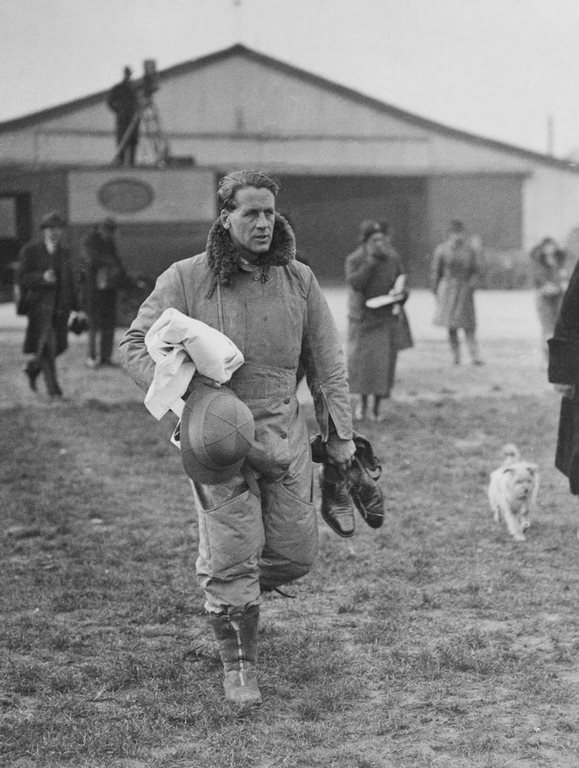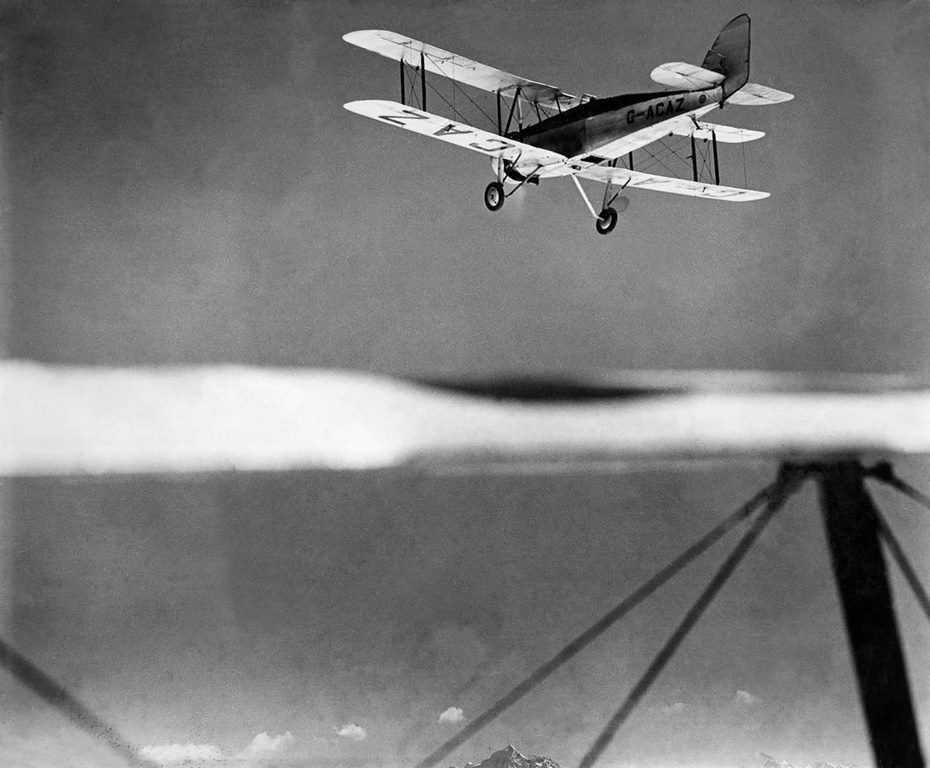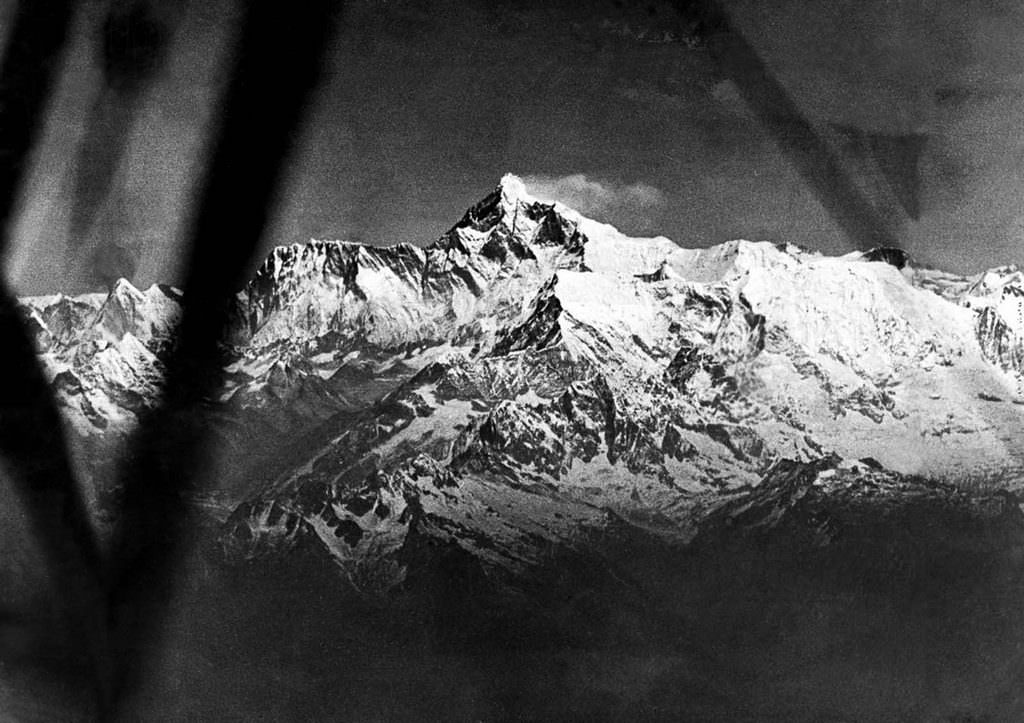The idea for a flight expedition over the Earth’s highest mountain, Mount Everest, was proposed by a British mountaineering physiologist, Alexander Kellas. He wrote about this ambitious journey in his journal “The Possibility of Aerial Reconnaissance in the Himalayas” in 1918. Kelly was a Scottish chemist, explorer, and mountaineer known for his studies of high-altitude physiology. He believed that with the right precautions and the right equipment, given time, they could establish a means to not only fly planes competently at such extreme altitudes but also take useful reconnaissance photographs.
It took another 15 years for the technology to turn this dream into a reality. Alexander Douglas became the first man to fly over Mount Everest in 1933. The attempt could not be made without significant funding by Lady Houston.
In November 1932, the team chose two modified Westland Wallace aircraft for the expedition. The two-seat aircraft had open cockpits and were equipped with Bristol Pegasus S3 engines. Lord Clydesdale flew a modified Westland PV-3 accompanied by Colonel Blacker while Lieutenant MacIntyre and Photographer Bonnett followed in a PV-6 model prototype. Both received modifications, including hearing and oxygen equipment. Both aircraft would become the first to fly over Everest.
The first expedition could not obtain clear photographs because of dust. They made another attempt on April 19, 1933, the pictures of which assisted Edmund Hillary and Tenzing Norgay to the top of Mount Everest. The photographs of the expedition were made public in 1951. Their successful flight over Everest made the men heroes. Lord Clydesdale was awarded the Air Force Cross and Bonnett’s footage was cut into the Academy Award-winning documentary ‘Wings Over Everest’
#1 The two planes fly towards Lhotse and Everest at 32,000 feet, 1933.
#2 Expedition members give a statement before departing London.
#3 Lord Clydesdale heads to his plane as the expedition sets out from England.

For protection against the extreme cold, the airmen were outfitted with cumbersome double-layered, electrically heated flying suits, as well as heated gloves and goggles. The tiny aperture in each airman’s oxygen regulating valve, which was susceptible to blocking by particles of ice or small insects, represented a worrisome vulnerability.
#4 Lord Clydesdale and Colonel Stewart Blacker prepare to set out from the airport at Purnea, India.
#5 Colonel P.T. Etherton passes the expedition crew a bag of “Everest mail” before they set out for the mountain.

The planners had to tackle the critical problems of supplying the airmen with oxygen and keeping them warm above 30,000 feet. With weight a crucial factor, it was fortunate that Vickers Armstrong was able to supply lightweight oxygen cylinders made from a new type of alloy steel. The movie and still cameras were another heavy addition to the cargo, with each film spool alone weighing 5 pounds



















